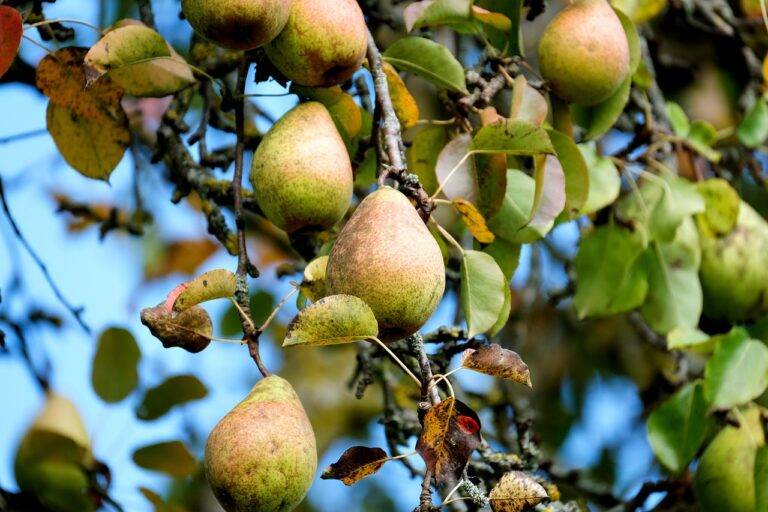The Impact of Food Subsidies on Agricultural Practices and Consumer Choices
Food subsidies have been implemented by governments around the world for centuries, with the earliest known examples dating back to ancient civilizations. These subsidies were often used as a tool to ensure food security, especially during times of scarcity or crisis. In ancient Rome, for example, the government provided subsidies to farmers to encourage the production of essential crops such as wheat and barley.
As societies evolved and industrialized, the role of food subsidies expanded to support not only farmers but also consumers. In the 19th and 20th centuries, many governments in Europe and North America introduced subsidies to stabilize food prices, increase agricultural productivity, and improve public health through access to affordable and nutritious food. This marked a shift towards using subsidies as a means to address broader societal issues beyond just food security.
The Role of Government in Food Subsidies
Food subsidies are a mechanism through which the government aims to support specific sectors of the agricultural industry. By providing financial assistance to farmers, the government seeks to stabilize food prices, ensure food security, and promote domestic food production. The rationale behind government intervention in food subsidies is to address market failures, such as fluctuations in supply and demand, that may impact the food industry.
In addition to stabilizing prices and ensuring a steady food supply, government involvement in food subsidies also plays a crucial role in influencing consumer behavior. Subsidies can make certain foods more affordable, shaping consumer choices and dietary patterns. This influence can have both positive and negative effects on public health, as the availability and affordability of certain foods can impact the overall nutritional quality of diets.
The Effect of Food Subsidies on Farming Methods
Food subsidies have a significant impact on the farming methods employed by agricultural producers. Oftentimes, these subsidies encourage farmers to focus on cultivating crops that are eligible for support rather than diversifying their agricultural practices. As a result, there is a tendency towards monoculture farming, where large expanses of land are dedicated to growing a single crop. This shift can lead to environmental degradation, soil depletion, and increased vulnerability to pests and diseases.
Moreover, food subsidies can influence the use of agricultural inputs such as fertilizers and pesticides. Farmers may be incentivized to use these inputs more extensively in order to maximize yields of subsidized crops. This overreliance on chemical inputs can have negative repercussions on the environment, including soil and water pollution, loss of biodiversity, and harm to beneficial insect populations. Additionally, it may contribute to the development of pesticide-resistant pests and the degradation of soil health over time.
What is the history of food subsidies?
Food subsidies have been around for decades, dating back to the Great Depression in the 1930s when the government began providing financial assistance to farmers to help stabilize food prices and ensure a stable food supply.
How does the government play a role in food subsidies?
The government plays a significant role in food subsidies by providing financial assistance to farmers, setting price supports for certain commodities, and implementing programs to help farmers adopt more sustainable farming methods.
What effect do food subsidies have on farming methods?
Food subsidies can influence farming methods by incentivizing the production of certain crops or livestock, leading to potential overproduction and environmental concerns. Additionally, subsidies can discourage farmers from adopting more sustainable practices that may not be as financially lucrative.







